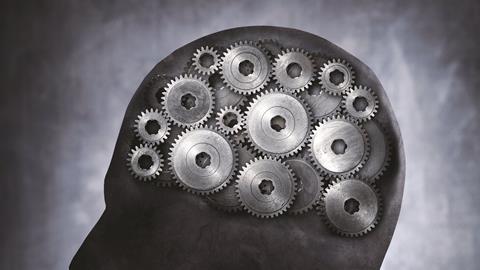Zoe Blake on the need of technology to meet the growing demand for mental health and emotional support
Sponsored by
There is nothing new under the sun, so the proverb goes. To some, eMental health may seem like the exception to the rule, after all it is disrupting the way people of all ages are already accessing support for mild, moderate and complex need. But while digital innovation is changing the face of mental health provision, its success is significantly reliant on ‘traditional’ system design.
Digital is the future of mental health
While you are reading this, eServices are bringing support to carers in their own homes, to children and young people on their smartphones, and to large numbers in need, all without them needing to wait or travel.
The truth is as a society we cannot meet the growing demand for mental health and emotional support without technology.
How, but with technology, could a counsellor support a young person suffering from anxiety in their bedroom at 8pm the day before they have to face their greatest fear?
The ease with which young people (but not just the youth), access digital support is clear. However, this natural affinity is not always matched by those responsible for commissioning such services, who can view them as new-fangled, separate and distinct from traditional means of support.
We know digital (which is actually a catch-all for many disparate services) can seem daunting, unmeasurable and confusing. But in truth, it no longer represents the bleeding edge of mental health provision. We have been delivering an online counselling service for over 16 years. In that time, we’ve learned that many of the old rules of good service design still apply: services must be user and outcomes driven; be part of the whole system; and be safe.
That’s not to say digital doesn’t present an opportunity to do things differently. How, but with technology, could a counsellor support a young person suffering from anxiety in their bedroom at 8pm the day before they have to face their greatest fear? Or could a group of people across the country offer guidance from their lived experiences to someone in a rural area coping with loneliness and depression?
Digital is complementary
But while digital offers these points of difference when compared with traditional services, it is complementary. eServices work best when they operate alongside other support services, under the same quality guidelines, adhering to the same codes of conduct.
To some, digital therapy might still seem new and untested, but it’s already proven and it’s giving us something we didn’t have before: the ability to reach people at the point of need, in ways that may be more acceptable to those who might not otherwise seek help.
Zoe Blake is chief executive of XenZone. For more information visit www.xenzone.com






























No comments yet